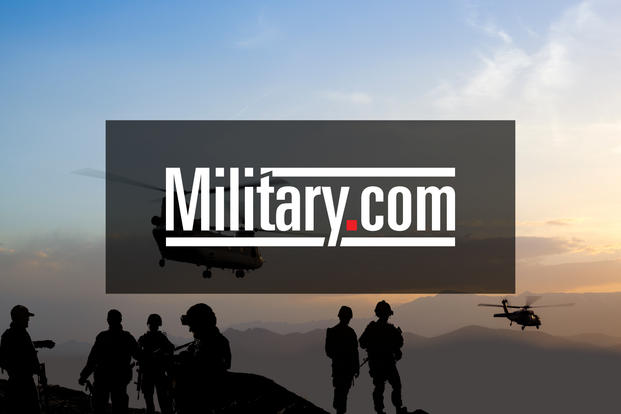The U.S. has yet to confirm that an Islamic State artillery shell fired in the general area of American troops in northern Iraq contained mustard gas, a military spokesman said Friday.
The first test of an oily substance found on fragments of a shell fired near the Qayarah West airfield about 40 miles southeast of Mosul was positive for mustard agent, a second test was negative and a third was inconclusive, said Air Force Col. John Dorrian, a spokesman for Combined Joint Task Force-Operation Inherent Resolve.
There were no deaths or injuries to U.S. or Iraqi personnel in the incident.
In testimony to the Senate Armed Services Committee on Thursday, Joint Chiefs Chairman Marine Gen. Joseph Dunford said his initial information was that the shell contained "sulfur-mustard blister agent," but Dorrian said more testing will have to be done to confirm the initial finding. At the moment, "we have no conclusive evidence" that mustard gas was used, Dorrian said.
In a video briefing from Baghdad to the Pentagon, Dorrian also said that the U.S. has at times used a controversial agent -- white phosphorus -- in the campaign in Iraq against militants affiliated with the the Islamic State in Iraq and Syria, or ISIS.
Dorrian essentially confirmed an article in The Washington Post saying that U.S. artillery had fired white phosphorous rounds in support of local forces, possibly to act as smokescreens.
The use of white phosphorous, which has been condemned by human rights groups, can cause severe burns even for medical personnel treating victims, the Post said. White phosphorous has been used in previous campaigns in Iraq and Afghanistan. In Vietnam, U.S. artillery would often fire first with a white phosphorous "marker round" to be followed by a high-explosives barrage.
Dorrian said the U.S. use of white phosphorous adhered to U.S. military rules and the Law of Armed Conflict by limiting the firing of white phosphorous rounds to areas where civilians were not thought to be present.
Dunford has called the possible use of mustard gas by ISIS a "concerning development" as the U.S. continues to build up Qayarah West as a logistics and training hub for the planned offensive to retake the ISIS stronghold of Mosul.
Dorrian said eight to 12 brigades of the Iraqi Security Forces were "ready to go" against Mosul, where ISIS has had nearly two years to build up defenses. The U.S. estimates that the group "no longer is able to mass enough forces to stop the advance" on the city and its fighters were experiencing "flagging morale" from the loss of territory and the unrelenting coalition airstrikes, Dorrian said.
U.S. airstrikes recently destroyed an estimated 29 ISIS boats on the Tigris River and also blew up a bridge over which the group's vehicles were attempting to escape, Dorrian said.
To defend Mosul, ISIS has built "intricate defenses," including elaborate tunnel networks and interconnected layers of improvised explosive devices along likely "avenues of approach" to the city, Dorrian said. The U.S. has also seen reports that ISIS has dug trenches and filled them with oil to be set on fire once the offensive begins. "They've built a hell on earth around themselves," Dorrian said.
Editor's Note: This story has been updated to correct the spokesman's service.
--Richard Sisk can be reached at Richard.Sisk@Military.com.
Related Video:





























